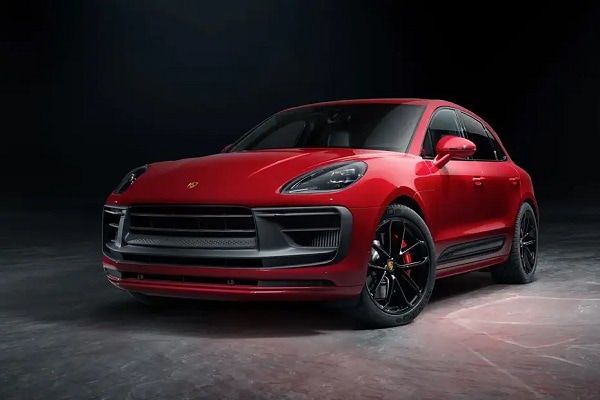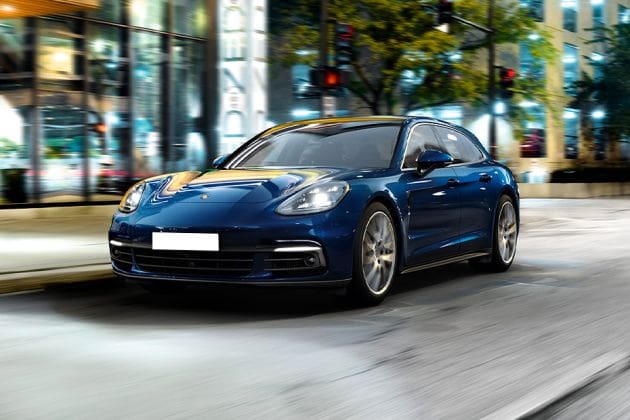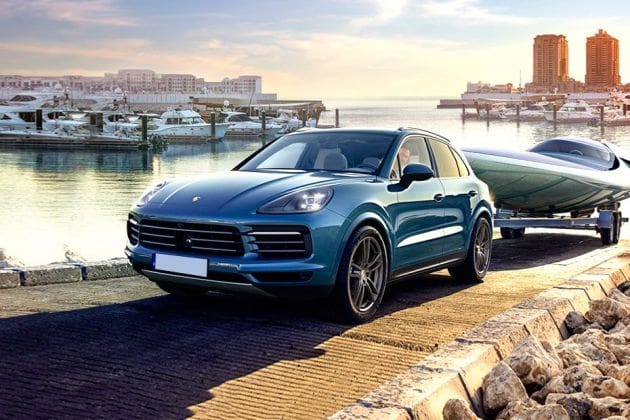How Porsche strikes a balance between battery size, range and sustainability
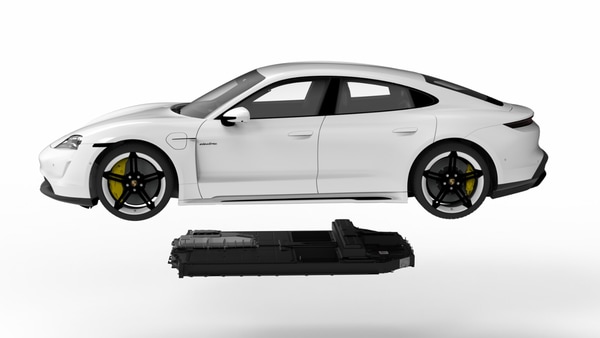

To reach its goal of having a carbon-neutral balance sheet across its entire value chain by 2030, sports car manufacturer Porsche is making an effort to strike a balance between sustainability, range and battery size of its electric vehicles. Porsche states that half of all the carbon emissions generated during the lifecycle of an electric vehicle are produced at the manufacturing stage while the second-largest source of emissions is operation of the vehicle.
Next, the recycling procedures and further processing of materials at the end of a vehicle's life cycle produce carbon emissions too, but the lowest proportion. However, when considering individual elements of a vehicle, it is the powertrain battery that has the greatest influence on emissions during a vehicle's lifecycle. In fact, the battery accounts for around 40 per cent of the carbon emissions when a single Porsche Taycan is manufactured.
Also check these Vehicles
Also Read : Watch: Man sets Porsche Cayenne on fire with a woman inside
This also means that the size of the battery is also proportional to the carbon footprint of an electric vehicle. Yet this component is also the one that determines the range and success of an electric vehicle. Battery range is so important that manufacturers are even launching models with over 600 kilometres of range.
However, Porsche has taken an approach where it can strike a balance between the consumer requirements for battery range while also making the vehicle production sustainable. It has identified a battery size that strikes the right balance between the conflicting requirements. The brand's finding indicate that while a smaller battery is the better option for reducing CO2 emissions during production, a medium-sized battery delivers the best driving dynamics.
Porsche has concluded that a battery size in the region of 100 kWh is the best option to strike a balance. Additionally, the company's increment in the proportion of recycled raw materials available from batteries is expected to improve sustainability, as well as give the company a chance to achieve its target by 2030.







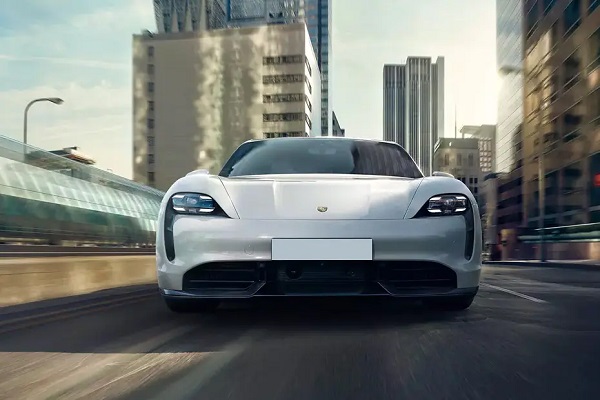
 93.4 kwh
93.4 kwh 302 km
302 km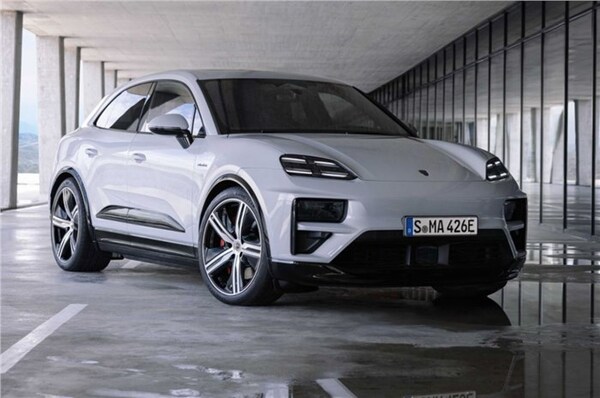

 3745.0 cc
3745.0 cc Petrol
Petrol